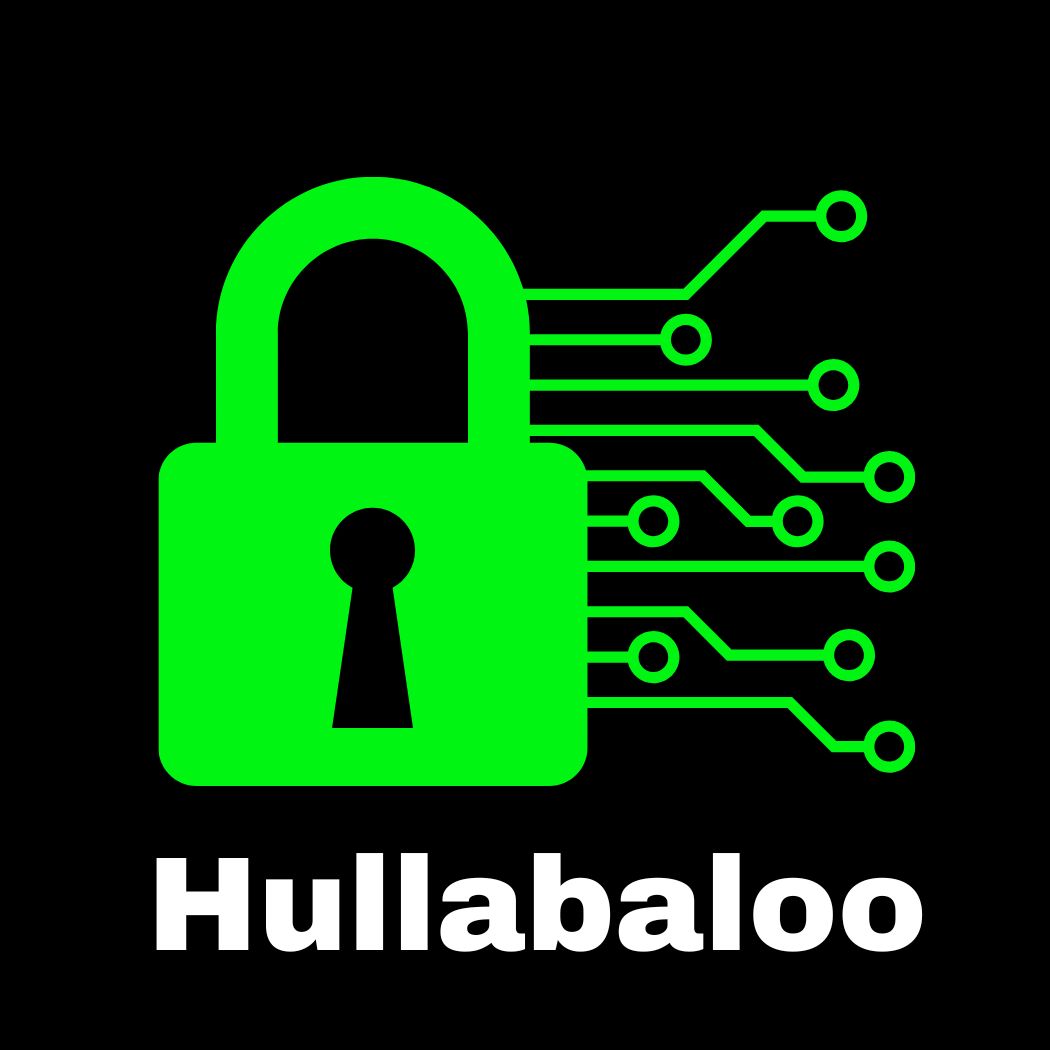Intro
In the last few years, DDoS attacks have become a major threat to online casinos. They are not only costly and time-consuming for casino operators, but also affect the players’ gaming experience.
DDoS attacks can be divided into three different types: Application Layer DDoS (ALDoS), Network Layer DDoS (NLDD) and Stateful Packet Inspection (SPI).
ALDoS attacks are the most common form of DDoS attack and they consist of multiple connections from different devices to a single target. The attacker sends requests to specific websites that contain malicious code that results in a high number of requests being sent to the target website.
NLDD attacks are similar to ALDoS attacks but they use TCP SYN floods instead of HTTP GET requests. These types of attacks typically occur during peak hours when there is more traffic on the internet.
SPI attacks are similar to NLDDs but they use UDP packets instead of TCP packets. In SPI type DDoS attacks, attackers send spoofed packets over UDP ports 500 or 80 for web browsers or port 443 for file sharing applications such as BitTorrent or eMule.
Ways to deal with Ddos attack
DDoS attacks are a serious problem for online casinos. If a casino suffers from a DDoS attack, it could result in the online casino being shut down for several hours or days; causing players and employees to lose money.
The first step in dealing with a DDoS attack is to identify what caused the attack. The best way to do this is by using the CloudFlare Ray ID feature. This allows you to see which IP addresses have sent malicious traffic to your website. Once you have identified the source of the attack, you can block access from that IP address by setting up an A record with your hosting provider.
You should also consider investing in hardware that can withstand high levels of traffic, such as network appliances and firewalls. These devices will help protect your site from future attacks by limiting how much bandwidth can be used at any given time.
Finally, consider investing in multiple servers that are located across different regions or continents so that even if one server is knocked offline due to an attack, other servers remain operational and continue serving customers’ requests.
2 Layers of Protection Every Casino Should Have
A casino has two layers of protection against this kind of attack:
- The first line of defense is the casino’s firewall. This is a piece of software that monitors all incoming and outgoing traffic and blocks spam or malicious traffic from getting through. The firewall also maintains an internal database of IP addresses that have been blocked in the past for malicious activity.
- The second line of defense is the casino’s anti-DDoS system (or DDoS mitigation). This system monitors your site 24/7 in real time, and if it detects any unusual activity, it will notify you by email or phone call.
Important Things to Look After
Ddos attacks are not a new thing to the online gambling industry. The first time that a casino was hit with a ddos attack was in the early 2000s. One of the most popular casinos of that time, All Slots Casino, was attacked by hackers. It happened to be a very large site with millions of players and millions of deposits.
Since then, every year there have been more and more casinos getting hacked or attacked by hackers. Since this is an ongoing trend, it’s important that online casinos do their best to protect themselves from these attacks. They must do what they can to prevent them from happening again in the future.
There are some things that all casinos need to do in order to prevent themselves from being hacked:
- Create a firewall for your site so that it can only be accessed by approved computers or networks.
- Have an anti-spam solution installed on your site so that people aren’t flooding your server with junk emails every day.
- Have a strong password policy in place so that no one has access to your server. This will work unless they know how to get past this filter and gain access to it somehow (it could be through brute force attack).
